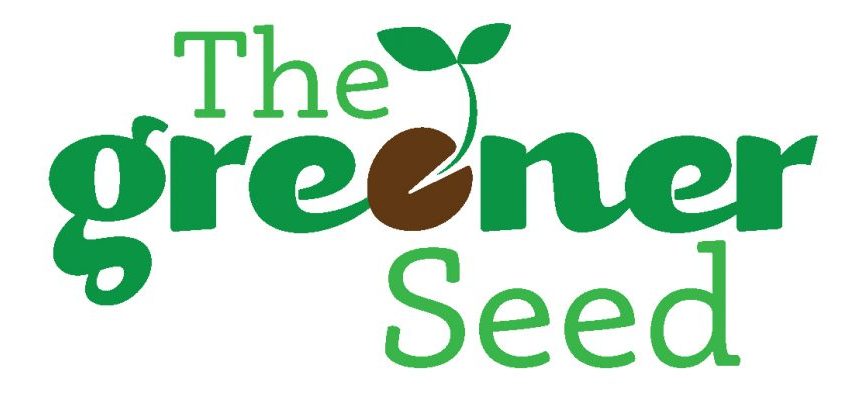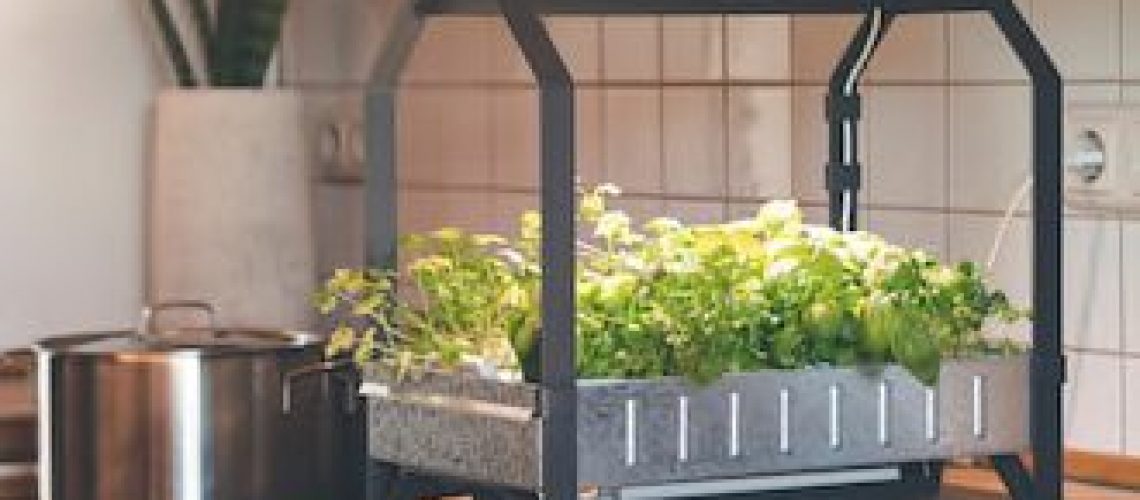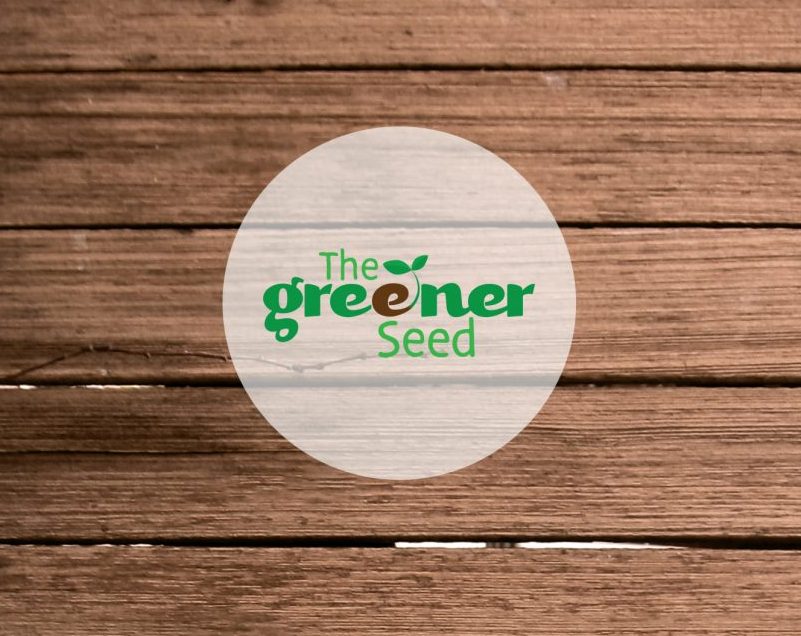What is hydroponics?
Hydroponics is a system where plants are cultivated in a nutrient-filled water solution. This method of growing is done commercially but can also be adapted for home use.
As with anything, there are pros and cons. So what are the advantages of hydroponics?
- Plants grow faster and larger
- Can be grown anywhere
- Can grow year-round
- Ease of controlling pH
- No weeds or other unwanted seeds
- Less work
- Control over the plant’s climate
- Saves water (uses 90% less water than soil-based gardening)
- No need for soil (easy for urban life, no diseases from soil)
- Better control over plant spacing (uses less space)
- No pesticides needed
- In warm weather, the plants receive as much water as needed
What about the disadvantages of hydroponics?
- Plant risk of disease is increased (compared to soil-grown) since plants share the same water solution.
- Space is limited so large vining plants, squash, zucchini, and corn cannot be accomodated
What can be grown in hydroponics?
- Leafy greens (lettuces, spinach, kale)
- Shallots
- Scallions
- Chives
- Peppers
- Strawberries
- Basil
- Cilantro
- Dill
- Blueberries, raspberries, blackberries (depending on size of your system)
- Cucumbers and Tomatoes (depends on size of your system)
- Cauliflower, cabbage, broccoli (depends on size of your system)
What should not be grown in hydroponics? Although the following plants will grow, doing so hydroponically is an inefficient, impractical use of space. Hydroponic systems are usually compact, and these plants will dominate the entire unit.
- Corn
- Popcorn
- Zucchini
- Squash
- Pumpkins
- Watermelon
- Other large vining plants
How do we use hydroponics in the home?
For our home, I have purchased two Miracle Gro Aerogarden hydroponics unit. Although I do not recommend other products from Miracle Gro, I have found this particular item to be very easy to use, and can accommodate our growing needs. I would wait until the previous year’s model is on sale and purchase it for $99-$150 rather than $300-$400. The unit itself is an all-in-one, complete with 50W full-spectrum grow lights, aeration for water tank, starter pods and seeds, and liquid nutrients.
When we started out, we tried growing tomatoes, cucumbers, dill, lettuces, mustard, cilantro, basil, and peppers. After many trials and errors, let me share what works best for us. We start all seeds in the two units. The regulated light and heat help the sprouts to grow quickly. Once tomatoes, peppers, cucumbers, squash, zucchini, peas, beans, and larger plants are about 5-6 inches tall, we extract them from the unit, and transplant them into soil. We have even done this with lemon seeds for fun! We leave the herbs and lettuces to grow inside since they can be kept at a smaller size. We also choose varieties that are more compact and ideal for container growth.


